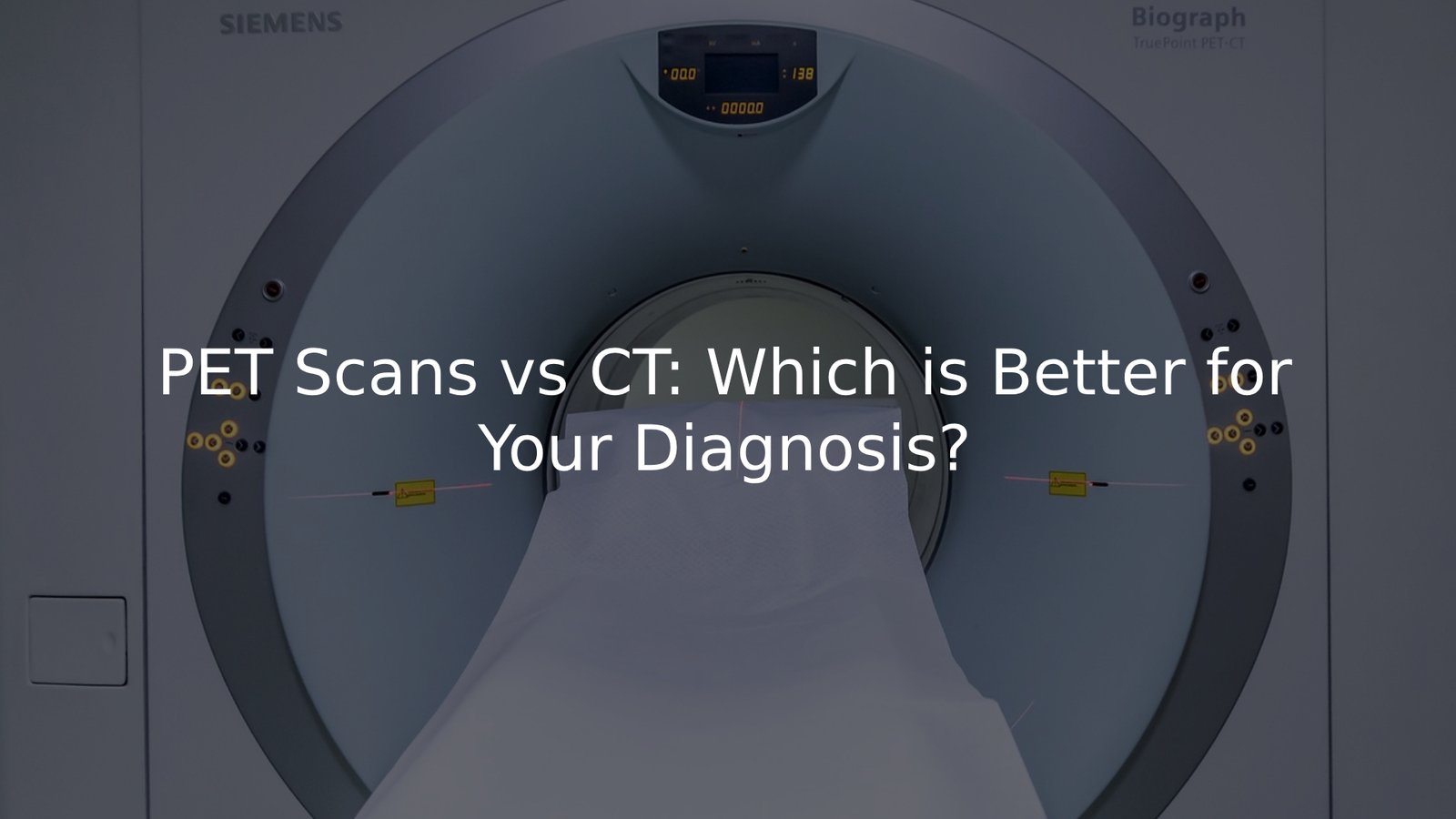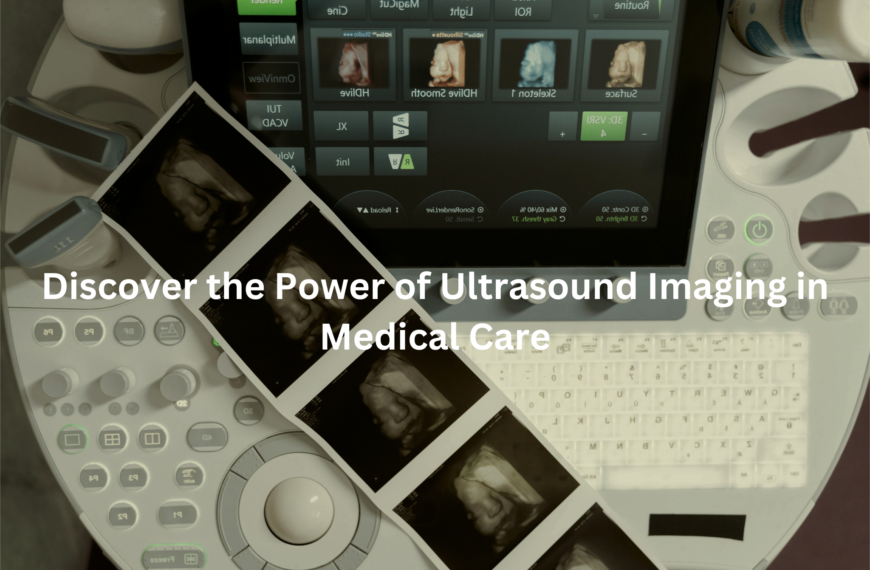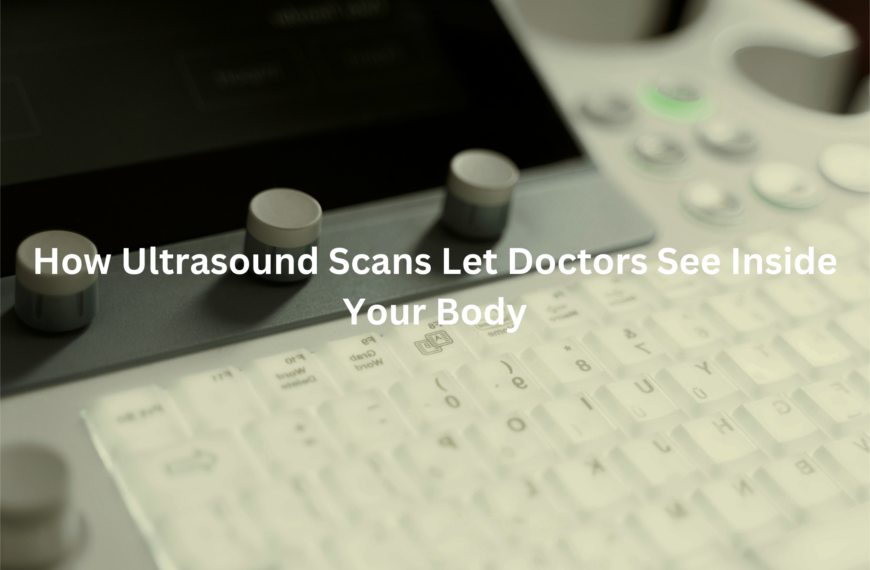Learn the key differences between PET and CT scans, and find out which is best suited for your needs.
PET scans and CT scans are both important diagnostic tools, but each has its strengths. CT scans excel at providing detailed structural images, while PET scans are more focused on detecting metabolic activity, often identifying issues earlier. Understanding their differences will help you choose the right one for your diagnosis.
Key Takeaway
- CT Scans offer detailed structural images and are effective at detecting issues like fractures or tumours.
- PET Scans specialise in metabolic activity, making them valuable for early detection, especially in cancer.
- PET-CT scans combine the strengths of both technologies, offering a more accurate and comprehensive diagnosis.
Key Differences Between PET and CT Scans
CT Scans: These use X-rays to create detailed pictures of the body’s internal structures. The process involves rotating X-ray beams around the patient to get cross-sectional images of organs and tissues, which are then reconstructed into 3D images.
PET Scans: Positron Emission Tomography (PET) scans use a radioactive tracer that emits positrons. This tracer highlights areas with high metabolic activity, such as tumours, allowing the detection of functional changes. The emitted gamma rays are captured to create images showing how the body is working. (1)
Purpose of CT and PET Scans
CT Scans: These are mainly used to provide clear anatomical details, making them ideal for spotting structural problems like tumours, fractures, and issues with organs. They’re commonly used in emergency situations for a quick assessment.
PET Scans: PET scans are more focused on detecting physiological changes. They are particularly useful for spotting early signs of cancer and monitoring brain conditions, as they pick up metabolic activity changes before any visible structural issues arise. (2)
Radiation Exposure Comparison
Both PET and CT scans use ionising radiation, though the amounts differ. A PET-CT scan typically delivers a higher dose of radiation.
According to guidelines from the Royal Australian and New Zealand College of Radiologists (RANZCR), a whole-body PET-CT scan typically involves an effective dose of about 10 mSv, which is similar to the radiation one might be exposed to over several years from natural background sources. But these doses are still considered safe for medical use.
Clinical Applications of CT Scans
CT scans are fantastic for identifying:
- Fractures
- Tumours
- Internal bleeding
- Organ diseases
They’re also often used for quick emergency assessments, as they can give doctors a rapid, clear view of what’s happening inside the body.
Clinical Applications of PET Scans
PET scans are particularly effective for:
- Early cancer detection
- Evaluating treatment effectiveness
- Tracking disease progression
- Assessing certain neurological conditions
PET scans allow doctors to spot issues before they become visible in a structural scan, making them invaluable for monitoring diseases like cancer.
PET-CT Hybrid Imaging
Credits: WMIS
PET and CT scans are often used together in hybrid imaging. PET provides functional insights, while CT offers detailed anatomical views. Combining both provides a more precise diagnosis and a clearer view of tumour localisation, improving the accuracy of treatment plans.
This hybrid method is a big step forward in diagnostic medicine, as it allows doctors to see both the structure and the function of organs and tissues at the same time.
Preparation for PET and CT Scans
Getting ready for a PET or CT scan often involves following specific instructions to ensure accuracy.
PET Scan: Patients need to avoid elevated blood sugar levels prior to the scan, as this can affect the way the tracer is taken up by the body. A blood sugar check is typically done before the scan.
CT Scan: Depending on the area being scanned, you may be asked to follow certain instructions, such as fasting or drinking a contrast material to improve the quality of the images.
Choosing the Right Scan for Diagnosis
When deciding whether to go for a CT or PET scan, there are a few factors to think about:
- Purpose: Are you looking for detailed structural information (CT), or do you need to check how the organs are functioning (PET)?
- Disease Stage: For early cancer detection or ongoing treatment monitoring, PET might be the better option, while CT is ideal for emergencies or structural issues.
- Area of Concern: If you’re dealing with a structural issue like a fracture, a CT scan will likely be more appropriate. But if you’re worried about something like cancer or neurological conditions, a PET scan might give you more useful insights.
Conclusion
PET and CT scans serve distinct but complementary roles in healthcare. CT scans offer detailed anatomical images for structural issues, while PET scans focus on metabolic activity, essential for early disease detection and monitoring.
When combined in PET-CT hybrid imaging, they provide a more accurate diagnosis. Understanding when to use each scan ensures the best outcomes, with both being crucial for diagnosing and tracking various health conditions in a safe and effective manner.
FAQ
What is positron emission tomography (PET) and how does it work?
Positron emission tomography, or PET, is a type of imaging technique that uses a radioactive tracer to create detailed images. This tracer is injected into the body and helps to show areas with high metabolic activity, such as cancer cells or other diseased cells. PET scans help doctors detect conditions at a cellular level and provide an accurate diagnosis of various medical conditions, including cancer treatment and brain disorders.
How does a PET scan help detect cancer?
PET scans are particularly useful for detecting cancer cells in the body. The radioactive tracer used in PET scans is attracted to areas with high metabolic activity, often indicating cancer cells or unhealthy tissue. This helps doctors detect cancer at the earliest stages, even before it can be seen with other imaging tests like X-ray images or CT scans. PET scans can also track cancer recurrence and monitor the effectiveness of treatment.
What are the main differences between PET scans and CT scans?
While both PET scans and CT scans are types of diagnostic imaging, they serve different purposes. CT scans use X-ray images to create detailed 3D images of internal structures like bones and soft tissues, while PET scans focus on metabolic and molecular activity in the body. PET scans are often used to detect conditions at a cellular level, such as cancer or heart disease, while CT scans are used to provide detailed images of organs and blood vessels.
Are there any side effects or allergic reactions from PET scans?
As with any medical procedure, there can be some risks. While PET scans use a radioactive tracer, the amount of radiation is minimal and generally safe for most people. However, allergic reactions to the radioactive tracer, though rare, can occur. If you have a history of allergic reactions or concerns, it’s essential to inform your doctor before the scan procedure. Doctors will provide detailed instructions and take necessary precautions to ensure your safety.
How does PET-CT hybrid imaging improve diagnosis?
PET-CT scans combine the strengths of both PET scans and CT scans. By merging the detailed images of CT scans with the metabolic activity insights from PET scans, doctors can get a more accurate diagnosis. PET-CT scans are particularly useful for detecting cancer, monitoring heart disease, and examining brain disorders. They offer a clearer view of internal structures and the cellular activity within them, allowing for better tumour localisation and monitoring of disease progression.
Is there any radiation exposure from PET and CT scans?
Both PET scans and CT scans involve some level of radiation exposure, as they use radioactive tracers and X-ray images, respectively. However, the radiation dose for these scans is considered to be minimal and safe for most patients. PET-CT scans, which combine both techniques, can involve slightly higher radiation exposure, but it’s still within the safety guidelines for medical imaging procedures. It’s important to discuss any concerns about radiation exposure with your healthcare provider.
How do PET scans help with monitoring treatment effectiveness?
PET scans are valuable for assessing the response to cancer treatment or other medical conditions. By showing metabolic activity, PET scans can reveal how well treatment is working. For instance, PET scans can track the shrinkage of tumours or monitor cancer recurrence. This imaging test helps doctors determine if the treatment is effective or if adjustments need to be made to better manage the patient’s condition.
How do PET scans and CT scans work together for better diagnosis?
PET scans and CT scans are often used together in a PET-CT scan to enhance diagnostic accuracy. PET scans show how tissues and organs are functioning at the metabolic level, while CT scans provide detailed images of the body’s internal structures. Combining these two techniques gives doctors both functional and anatomical information, making it easier to detect diseases, monitor treatment, and accurately diagnose conditions like cancer, coronary artery disease, or brain disorders.
References
- https://www.neurologica.com/blog/pet-scan-vs-ct-scan
- https://www.sah.org.au/pet-and-pet-ct/




